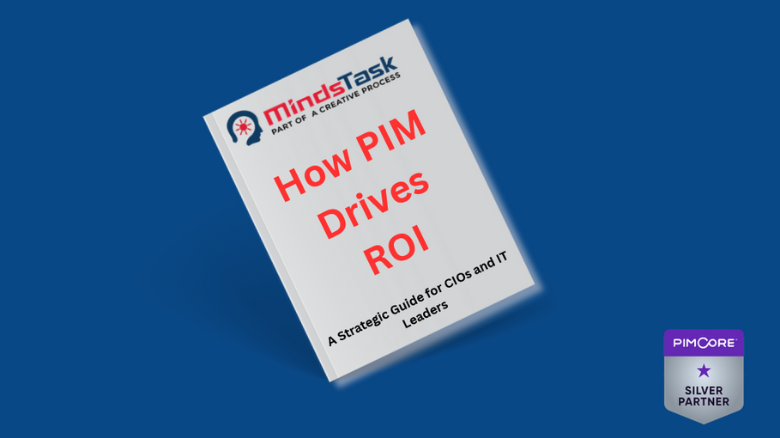In today’s digital-first economy, product data is more than an operational necessity—it’s a competitive asset. From ecommerce to marketplaces, customers expect rich, accurate, and consistent product experiences across every channel. However, managing that complexity at scale remains one of the biggest challenges for organizations dealing with fragmented systems and manual workflows.
The ROI calculation helps CIOs, IT leaders, and digital transformation stakeholders build a robust and future-ready business case for investing in Product Information Management (PIM) technology. It provides a structured approach to quantify financial impacts—whether through revenue growth, operational efficiency, or cost reduction—and links them directly to the capabilities a modern PIM platform unlocks.
This guide helps CIOs and IT leaders evaluate the financial justification for PIM implementation. It ensures your business case for PIM is strategic, data-driven, and CFO-ready.
The Core Financial Metrics of PIM ROI
| Category | Details |
|---|---|
| One-Time Costs (Year 0–1) |
PIM license, implementation fees, data migration, training, and change management. |
| Ongoing Costs (Years 1–5) |
SaaS subscriptions, cloud hosting, support, maintenance, and platform enhancements. |
| Direct Benefits | Faster time-to-market, fewer product errors, increased conversions, improved syndication accuracy, reduced manual work, and compliance savings. |
Key Evaluation Factors for Calculating PIM ROI
- Product Catalog & SKU Volume: Larger volumes scale automation and cost savings.
- Data Modeling Complexity: Product variants, bundles, and languages affect implementation effort.
- Channel Integration: The number and complexity of endpoints impact speed and accuracy.
- Multichannel Syndication: Platform taxonomies vary, requiring adaptive data transformation.
- Customization & Configuration: Tailored dashboards and workflows improve adoption.
- Digital Asset Management: DAM boosts content quality and eliminates redundant assets.
- System Integration: APIs and real-time sync reduce dependency on manual work.
- AI-Enriched Content: Auto-generating descriptions improves time-to-market and SEO.
- Generative AI & Prompts: Enhances taxonomy and personalization with scale.
Real-World ROI Scenarios with PIM
| Scenario | Before PIM | After PIM | ROI Outcome |
|---|---|---|---|
| Increasing Revenue | Manual uploads, inconsistent data, low SEO | Unified model, AI-enriched descriptions, localized content | +10–25% revenue lift, reduced cart abandonment |
| Optimizing Efficiency | 50,000 SKUs across 6 ERPs, manual workflows | Central governance, ERP/PLM/CMS integration | 30–50% faster onboarding, 60–70% better collaboration |
| Reducing Costs | Frequent returns, outdated visuals, poor data versioning | DAM integration, role-based workflows | 20–40% fewer returns, reduced support costs |
Conclusion
Implementing PIM is not just a technology upgrade—it’s a shift in how your business creates, manages, and delivers product experiences. By quantifying outcomes like reduced time-to-market, fewer returns, and better customer conversions, you align your tech initiatives with boardroom priorities.
Whether you’re replacing spreadsheets, unifying ERP data, or scaling omnichannel operations, this ROI framework makes your PIM investment measurable and strategic.
📊 Ready to Calculate Your PIM ROI?
Use our free ROI calculator or schedule a Pimcore demo with Minds Task Technologies — India’s Most Experienced Pimcore Partner.

